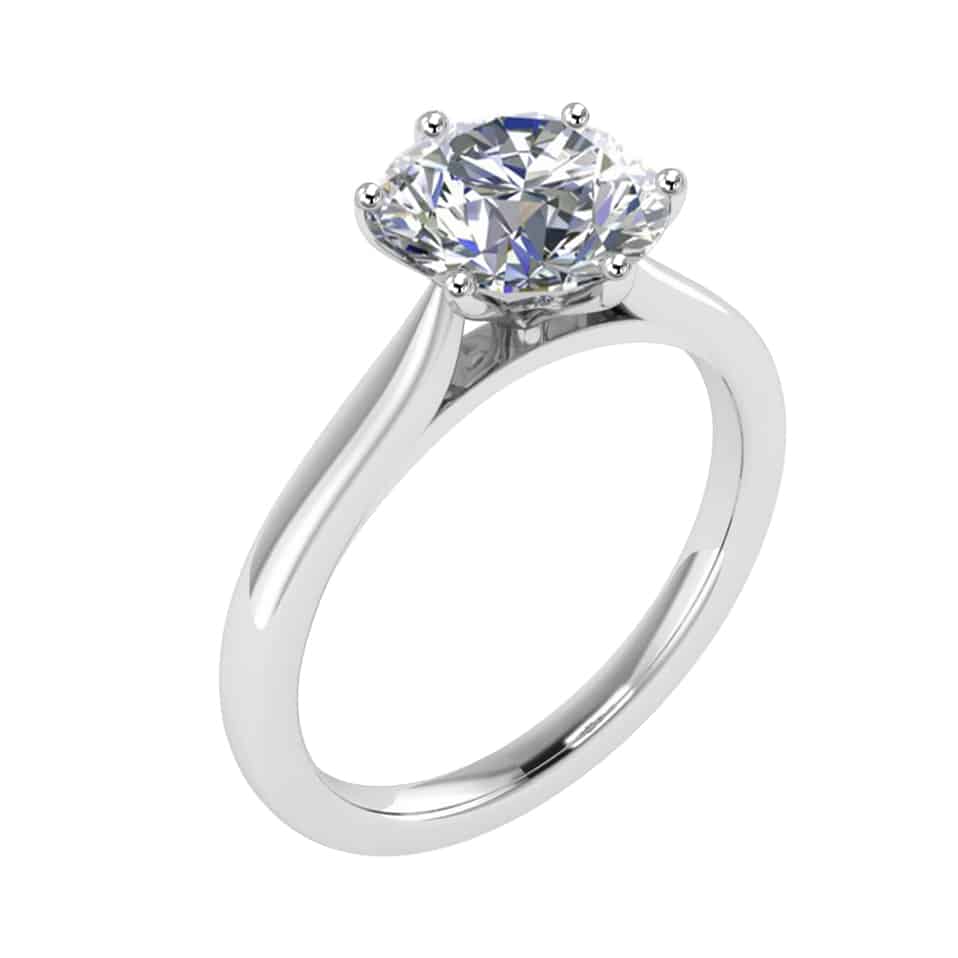Genuine Fakes – How Phony Things Teach Us About Real Stuff

“Genuine Fakes: How Phony Things Teach Us About Real Stuff” is a fascinating book that delves into the world of counterfeit and imitation products and explores the valuable insights they provide into genuine items. Authored by Lydia Pyne, the book sheds light on the significance of these “fake” objects in our culture and how they offer valuable lessons about the value, perception, and authenticity of real products, including lab created diamonds uk.
The book introduces readers to a world where imitation is not simply a deception but rather a reflection of our society’s complex relationship with authenticity. Pyne explores various objects, ranging from art and artifacts to luxury goods, which have been imitated or replicated throughout history. She analyzes how these “genuine fakes” challenge our perceptions of what is real and what is not.
In the context of lab-created diamonds, Pyne highlights how these man-made gems have become a significant player in the jewelry industry, challenging traditional notions of diamonds’ authenticity. Lab-created diamonds, also known as synthetic or cultured diamonds, are produced in controlled laboratory environments using advanced technological processes that mimic the natural conditions in which diamonds are formed.
The author discusses how lab-created diamonds have gained popularity and acceptance among consumers due to their ethical and sustainable attributes. Unlike natural diamonds, which are often associated with environmentally damaging mining practices and potential human rights issues, lab-created diamonds have a more transparent and ethical supply chain. As a result, many consumers are drawn to lab-created diamonds as a responsible and eco-conscious choice.
Moreover, Pyne explores the technical aspects of lab-created diamonds, emphasizing that they possess the same chemical, physical, and optical properties as natural diamonds. In fact, even trained gemologists find it challenging to distinguish between lab-created and mined diamonds without specialized equipment. This fact underscores the authenticity and value of lab-created diamonds as true gems, despite their man-made origin.
The book also addresses the consumer’s perspective when choosing between lab-created and natural diamonds. Pyne discusses how some consumers might be skeptical or hesitant to embrace lab-created diamonds due to traditional beliefs and associations with natural diamonds as symbols of rarity and luxury. However, she argues that as more consumers become informed about the benefits of lab-created diamonds, attitudes are shifting, and acceptance is growing.
In the context of the UK, the book explores how the lab-created diamond market has evolved and how retailers and jewelers are adapting to this changing landscape. It delves into the marketing strategies and educational efforts undertaken to inform consumers about the advantages of lab-created diamonds.
Additionally, Pyne discusses the social and cultural aspects surrounding lab-created diamonds, such as their increasing popularity as choices for engagement rings and wedding bands. As society becomes more aware of the ethical implications of various consumer choices, lab-created diamonds have gained traction among those seeking meaningful and sustainable alternatives.
Conclusion
“Genuine Fakes: How Phony Things Teach Us About Real Stuff” offers readers an engaging exploration of the world of imitation and its profound impact on our perception of authenticity. The book sheds light on the emergence of lab-created diamonds as a genuine alternative to mined diamonds and how they challenge conventional notions of rarity and value. As the popularity of lab-created diamonds continues to grow, consumers are becoming more open to considering these man-made gems as a responsible and ethical choice for their jewelry needs, including in the UK’s jewelry market.
